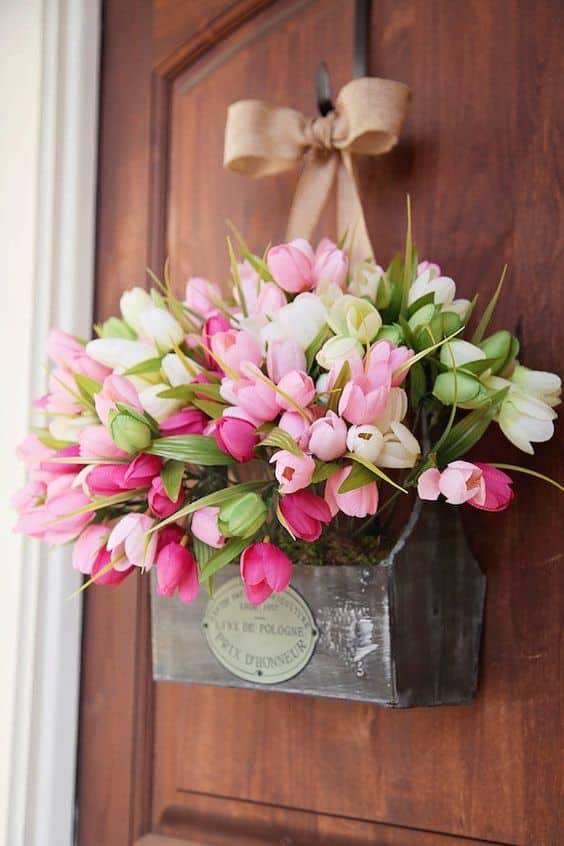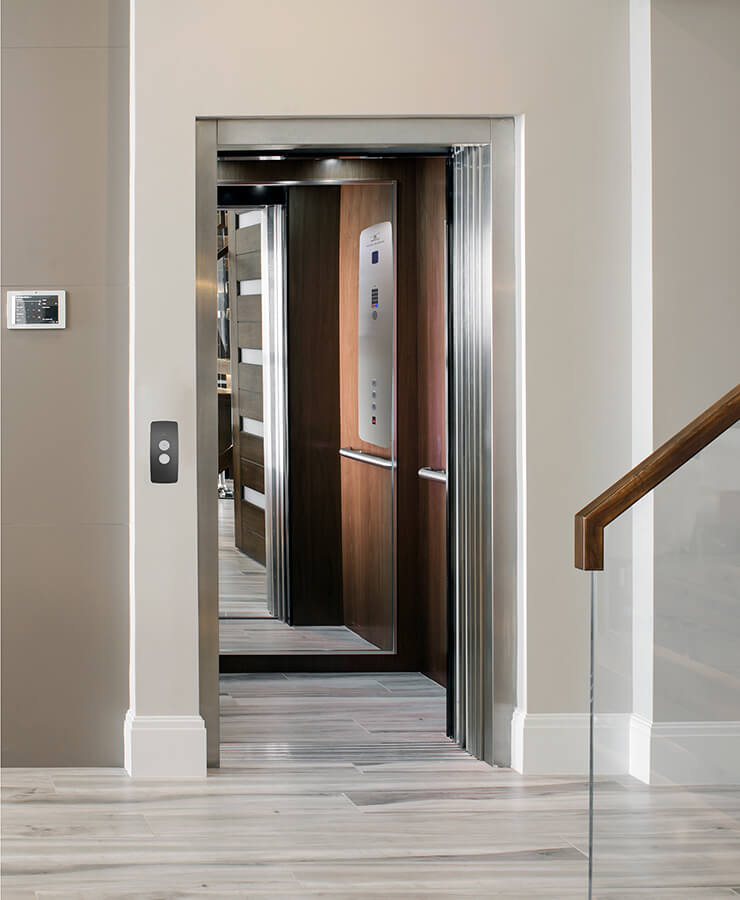Table of Content
- What is kaleidoscope in science for Class 8?
- Who is the inventor of the Kaleidoscope?
- of the Best Super Bowl Snacks for Kids
- What is the use of kaleidoscope tool in computer? kaleidoscope At Home With Mirror
- Creating an Intermediate Kaleidoscope with Acrylic Mirror and Cardboard
- How To Make A Kaleidoscope With Aluminum Foil
- Step 12: Acknowlegements
To allow for rapid cutting of sets of fundamental domains, each file also contains layers that combine the fundamental domains. These layers have the word "group" in their name. These group layers have been laid out to fit on both A3 and 11"x17" cardstock. Cut the cardboard tube to match the length of the flexible mirror sheet.

The kids will have a blast making it and playing with it for the perfect rainy day activity.
What is kaleidoscope in science for Class 8?
Once all four sets of cable ties have been fully tightened, trim off their ends. Align the tabs on the wooden panels with the pointy tabs on the kaleidoscope, and run the cable ties through the slots next to the tabs. Tighten the cable ties around the kaleidoscope and the handle as shown in the photos. Please make certain to share this fun activity below. WikiHow is a “wiki,” similar to Wikipedia, which means that many of our articles are co-written by multiple authors.

It means a trickier assembly, but the price is much easier to handle. Of course, handling something so large made of glass has its own risks, but those can also be managed. The fundamental domains should be made out of heavy duty cardstock in either A3 or 11x17 size. Sources for this cardstock are listed at the end of step 1. The most reflective side is particularly vulnerable to scratching. The protective plastic should not be removed until you are ready to assemble the mirrors.
Who is the inventor of the Kaleidoscope?
Kaleidoscope produces beautiful patterns that are used by fashion designers. The word kaleidoscope is derived from the Ancient Greek words “Kalos” meaning “beautiful”, “eidos” meaning “that which is seen” and “skopeo” meaning “to look”. David Brewster, a Scottish inventor, invented the kaleidoscope on July 10, 1817. The plastic sheet did not display any green, through three tests, suggesting that this particular portion of masking plastic is not vinyl based. I am deeply indebted to Mathieu Penot, who provided invaluable assistance in creating this instructable, including producing the video. I'm also grateful for the assistance of Mark Schafer, who created the SVG files from my Adobe Illustrator files.

Use the indents in the mirrors to align them as you put them together, being sure to face the silvered sides inward. Once you have positioned the mirrors, secure them with the cable ties. Take note of the four sets of slots along the edges of the mirrors. The cable ties should pass through these slots as they wrap around the mirrors.
of the Best Super Bowl Snacks for Kids
By sticking a piece of tinfoil on the card stock, it will appear shiny on the side. Fold foil-covered cards into three sections . On the other side of the card, glue one side together and fold in triangular tubes. They should be glued shut and allowed to dry for a few hours before being allowed to dry. While the glue dries, the circles made from plastic bags should be cut. A kaleidoscope is a toy that uses light and mirrors to reflect objects and create beautiful, fascinating repeating patterns.
Two easy-to-use solutions are the clear plastic report cover and the acrylic locker mirror. The following is how to assemble the inside and outside of your report cover. To make three rectangles with acrylic mirror, cut the acrylic mirror with an operating table saw with a carbide-tip blade. Before beginning the project, you should prepare the mirrors and PVC pipe. Using PVC cement, attach a petri dish to one end of the PVC tube and the petri dish to the other.
What is the use of kaleidoscope tool in computer?
But you can also use construction paper or even gift wrap to jazz it up. And then add on some glitter or stickers if the urge strikes! If there's some tape exposed where you secured your lens, cover it in glitter! It's easy and mess-free if you pour your glitter in the crease of a folded piece of paper.

Throughout this project I’m going on the assumption you understand how to do some basic metalworking. However, for more in-depth instructions on how to modify the aluminum tube for this project, please take my Metalworking Class. Custom 3D-printed fittings might be an interesting direction to pursue, but beside requiring crafting skills to attach, there is the problem of gluing. Plastics are very challenging materials to glue, especially when trying to attach them to non-plastics. To make the fundamental domains to place inside the PKs you will need heavy duty cardstock in either 11x17 or A3 size.
Use your fingers to poke it down into the plastic triangle, until it forms a little pouch. 2 empty toilet paper rolls or 1 empty paper towel roll. My design goal was to ensure that the mirrors were accurately positioned , while eliminating the need for the fabricator to have any crafting skills. Thanks to products like the Glowforge, laser cutters are starting to become more commonly available to educators and the general public. I am hopeful that this this trend will continue.

Choose the kind of plastic colour you would like to put inside the kaleidoscope. Take off small paper cuttings that would sit well on the transparent paper. Sketch the small triangle located at the edge of the kaleidoscope to the overhead transparency paper .
Fold a piece of clear plastic into a triangular tube, then insert the tube into a cardboard cylinder. Fill the pouch with brightly colored beads and sequins, then cover it with wax paper to make it appear transparent. Make a tube out of a light-colored tube and look through it to see what you’re doing. Slide the triangle into the cardboard and create your peephole. Cut a paper towel roll down to 8 inches, the same size as your triangle.

No comments:
Post a Comment